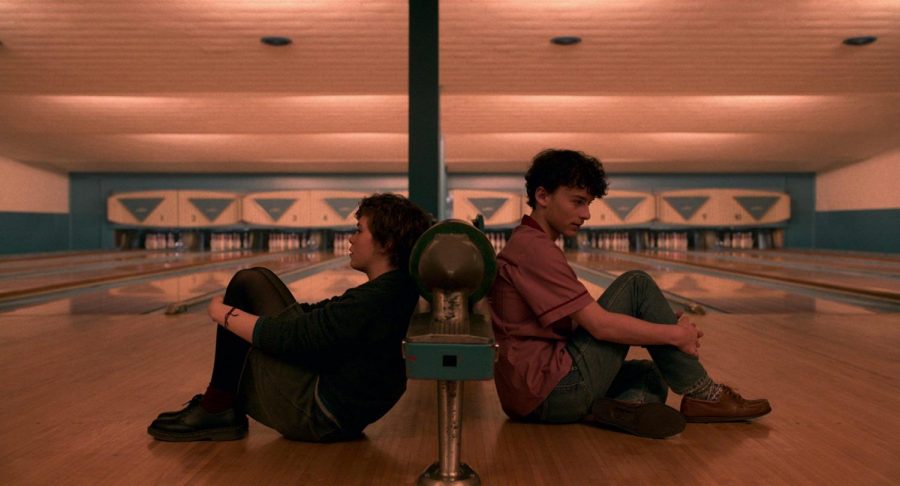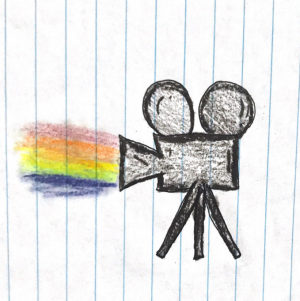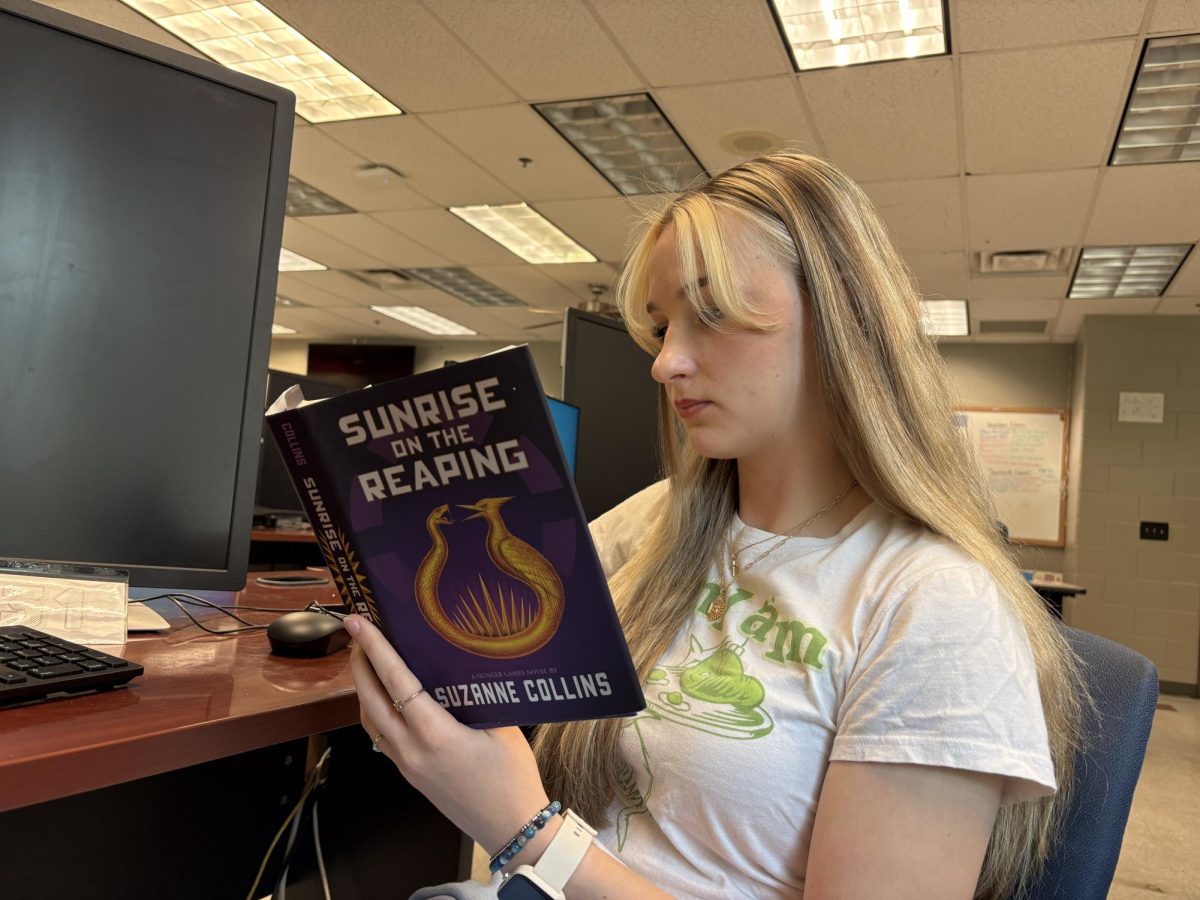Netflix’s complicated relationship with LGBTQ+ representation
Photo provided by: Netflix
The series I Am Not Okay With This features actress Sophia Lillis who plays the main character Sydney Novak and actor Wyatt Oleff who plays Stanley Barber, both popular actors who had breakout roles in horror film IT (2017).
September 29, 2020
On August 21, Netflix announced it was canceling two shows that featured LGBTQ+ representation in their main cast, “The Society” and “I Am Not Okay With This”. These shows both had a very large following very with “The Society” coming in as the third most-watched in Netflix show the second week it was available, and “I Am Not Okay With This” bringing in more viewers for Netflix than “Friends” and “Grey’s Anatomy” on the week it was released. According to an official statement given by the streaming platform, the cancellation was simply because of COVID-19’s impact on production dates, however these two shows were the only ones they would be pulling the plug on. The cancellation of these shows is the latest in a long line of queer representation being used for diversity points then being abruptly cut short. It is no secret that straight stories are given priority on the streaming platform and are continually produced without a second thought. When queer stories are told, they often times poorly written stereotypes that are used to add the illusion of diversity to a story.
For example, look at “The Kissing Booth 2”, a story about a straight romance which utilizes a gay subplot with the character Ollie, who was encouraged by the main character Elle, throughout the movie to pursue his crush on another boy in their class. It is apparent that these awkwardly written 15-second scenes were meant to further Elle’s character development by using a gay classmate. This blatant tokenism is not only a sad attempt at gaining diversity points, but it also takes Hollywood back to the years of the gay best friend trope.
That is not to say that Netflix has not made strides in writing accurate LGBTQ+ representation, they have just all been canceled after a pitifully short run. For example, “I Am Not Okay With This”, focuses on the story of an awkward but likable young lesbian struggling with her sexuality and uncontrollable superpowers. Another show Netflix put out in 2018, “I Am Not Okay With This,” also centers around a young girl realizing her own sexuality and was a source of significant representation for young queer girls. Unfortunately, neither show survived to see a second season. Netflix has shown their viewers time and time again exactly what priority LGBTQ+ stories hold, and frankly, they need to do better.
Few and far between as they are, the streaming platform is home to a few well written queer stories, which come from queer writers themselves. A great example of this is “Feel Good” written by and starring Canadian comedian Mae Martin. This semi-autobiography tells a story in which explore their gender and sexual orientation without it being the only storyline the series follows. This show showcased characters who explored their own identities while still having stories that did not revolve entirely around their identities.
Netflix’s progress in queer representation is not without fault. Queer stories are oftentimes oversexualized and deal exclusively with issues pertaining to older audiences, making it difficult for younger audiences to relate. This is where shows like “I Am Not Okay With This” and “Everything Sucks” come into play. A streaming platform the size of Netflix has the power to tell stories that allow LGBTQ+ audiences to see themselves on stage without promoting harmful stereotypes. Not only do they have the resources to amplify queer voices through hiring queer actors, writers, and directors, with their large platform, they have the responsibility to do so.







